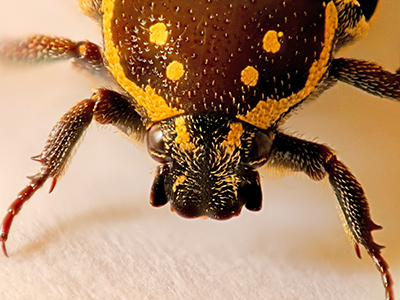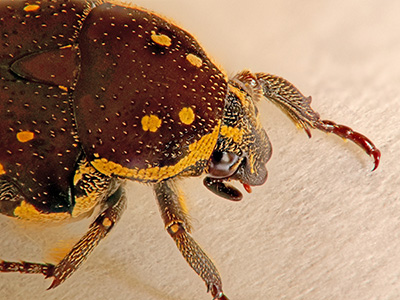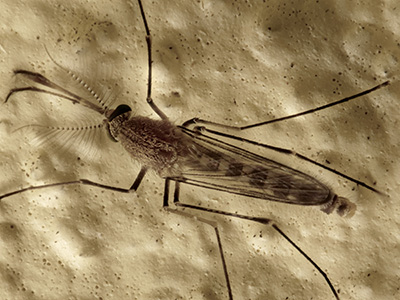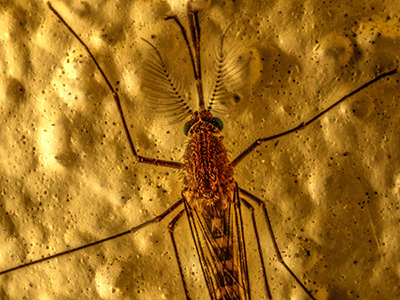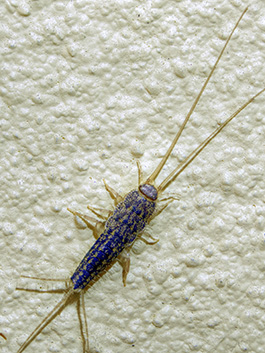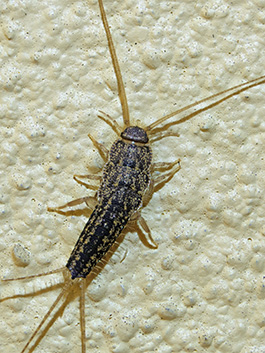Macro photography with reversed lensesWritten by Paul BourkeFebruary 2018
Translation into Swedish by Eric Karlsson
The following documents (mostly pictorially) investigation into extreme macro photography. By extreme I refer to objects much smaller than the sensor size, such that no image cropping is required. This is largely achieved by mounting two lenses "lens front to lens front". Unless specified otherwise the hardware is a Canon 5D Mk III and a 100mm macro coupled to a 50mm prime lens. 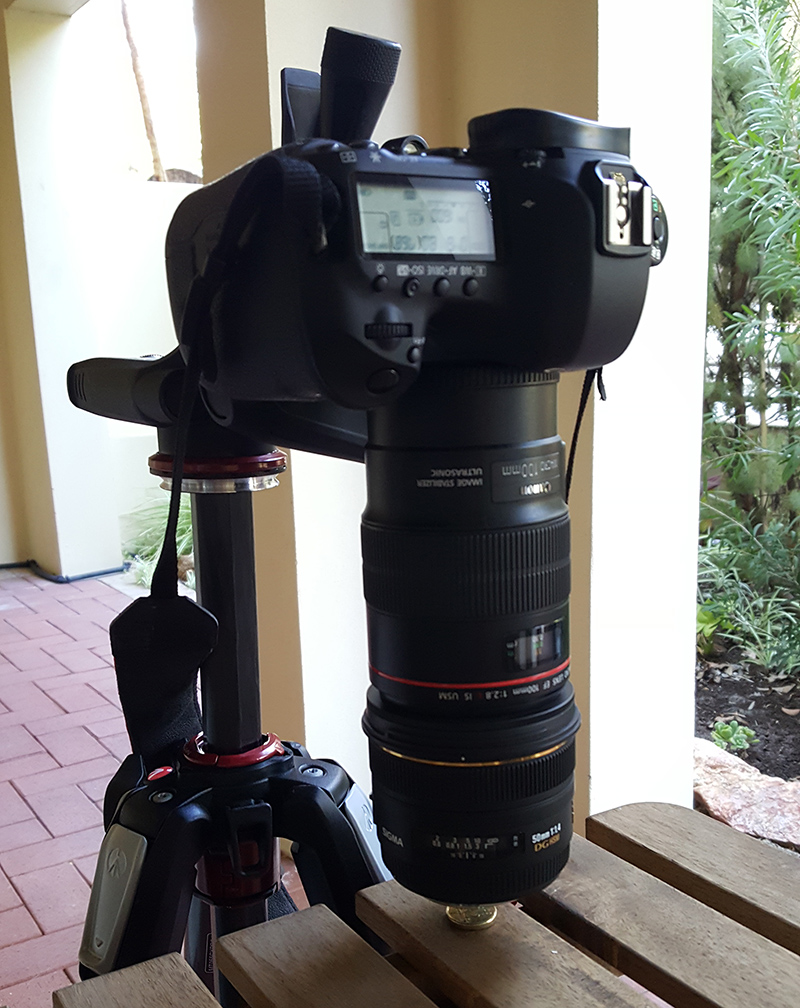
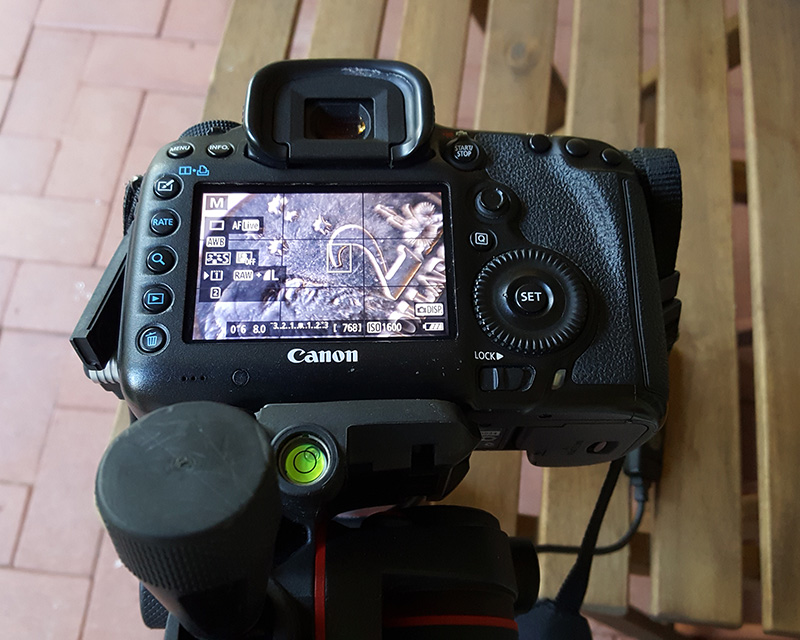
Pencil mark on plaster wall (click for original image). 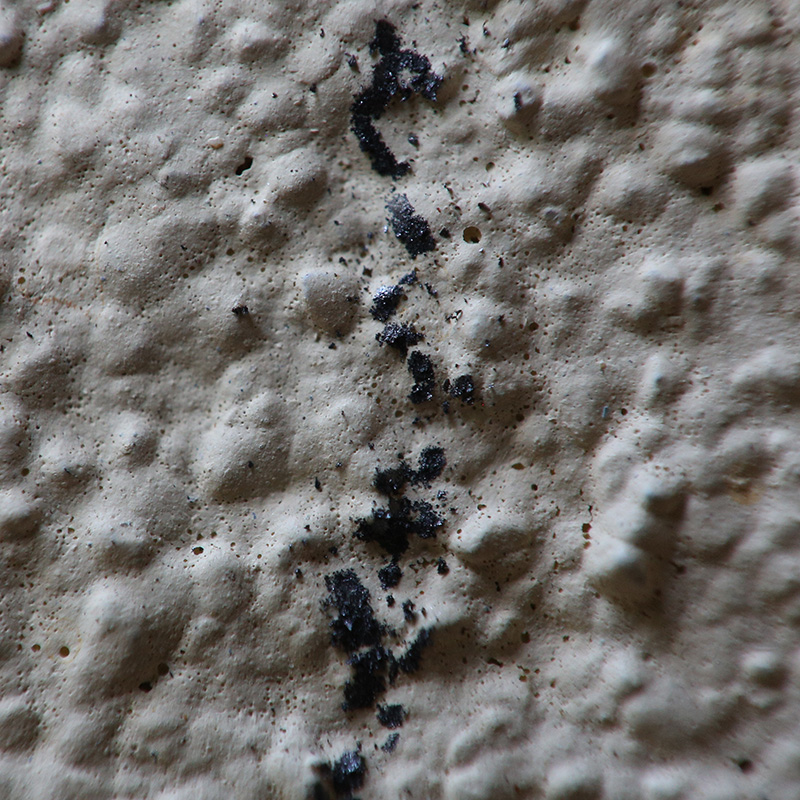
Australian $2 coin (click for original image). 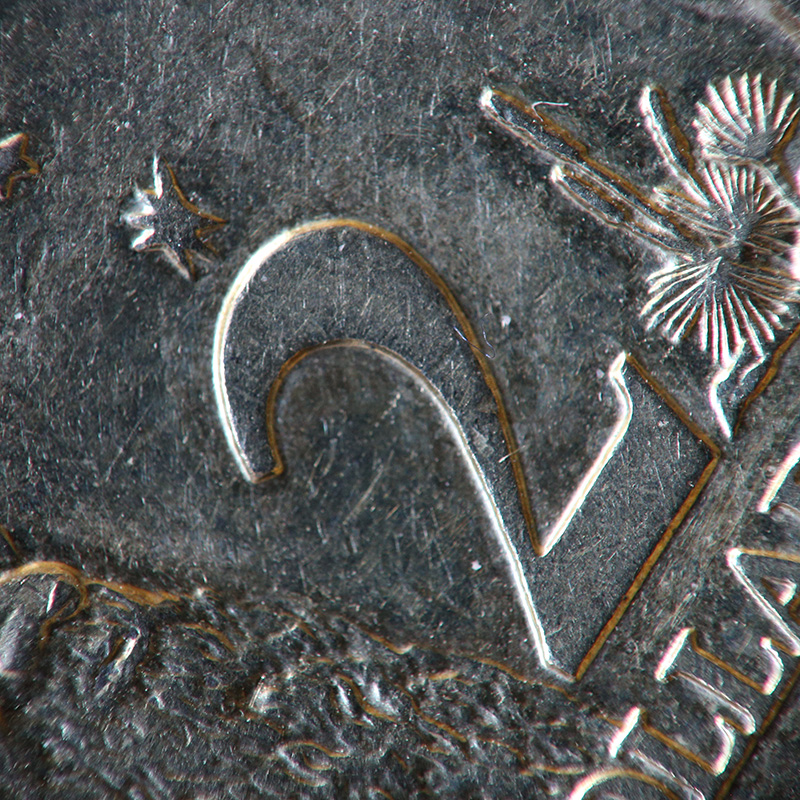
Of course depth of field is very narrow, following example uses manual focus stacking. That is, manually adjusting focus on the lens across a number of steps. Garden grub, ~1cm across sensor, 11 photographs 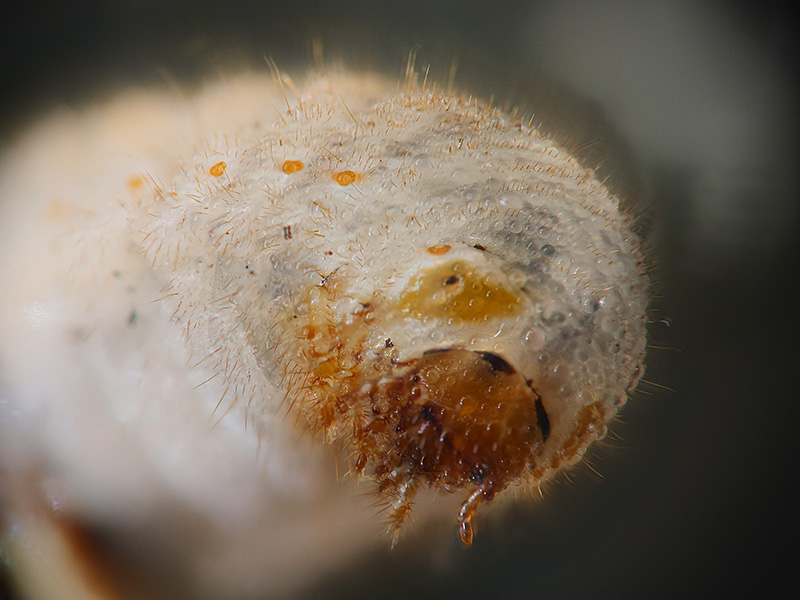
Baby slater, 1/2cm across sensor, 10 photographs 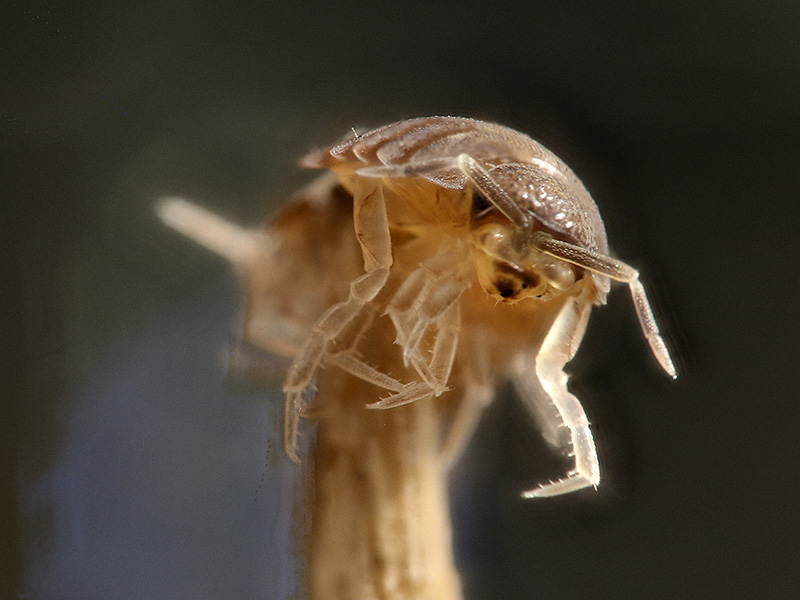
Wasp Head 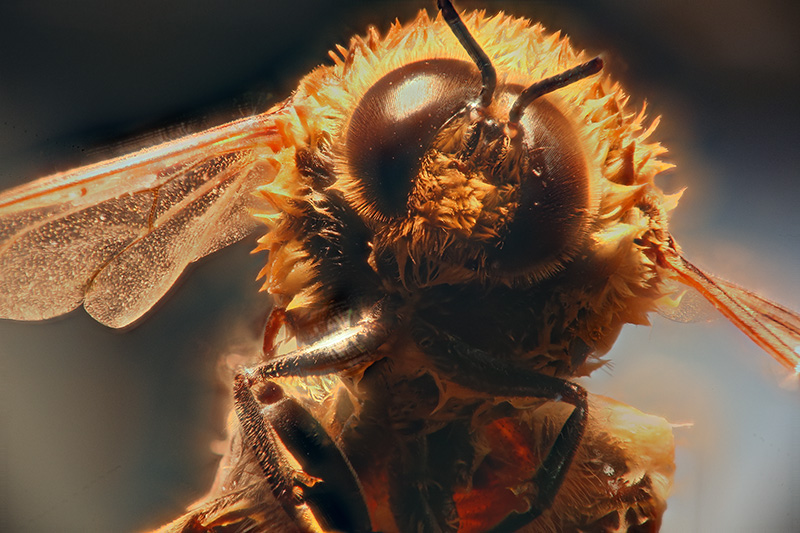
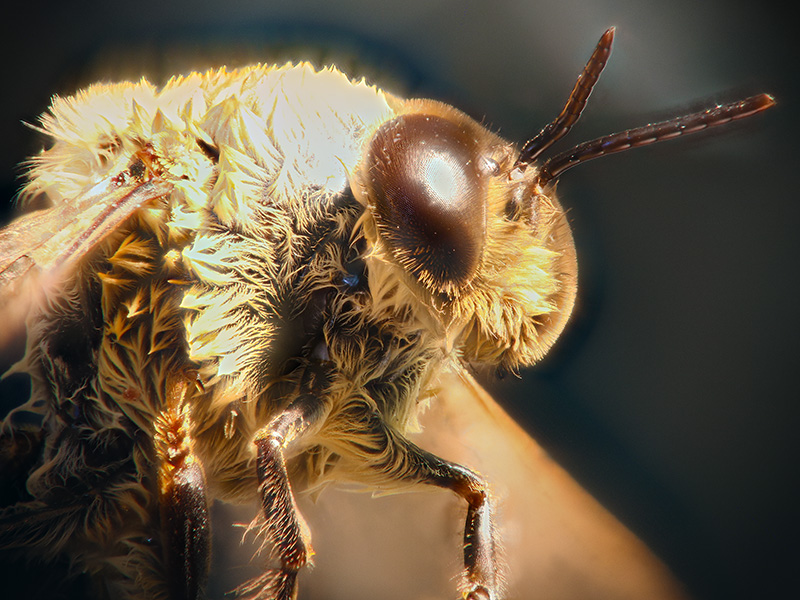
Flower, ~1cm across sensor, 12 photographs 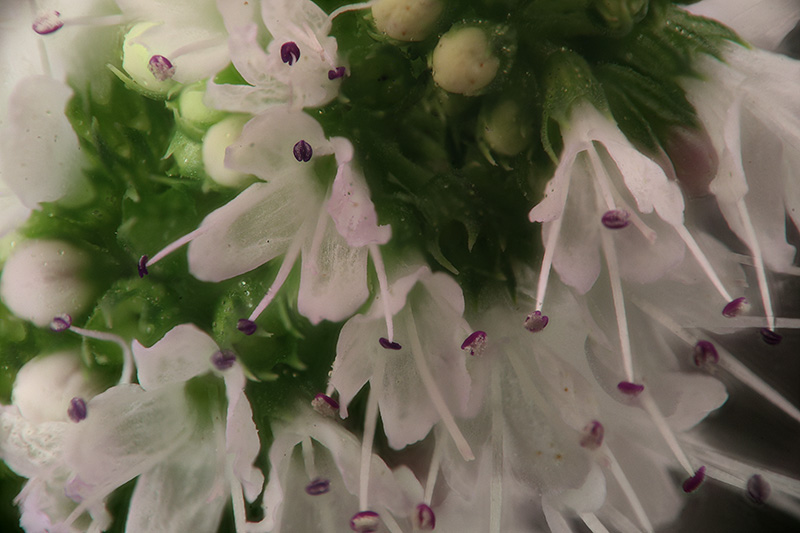
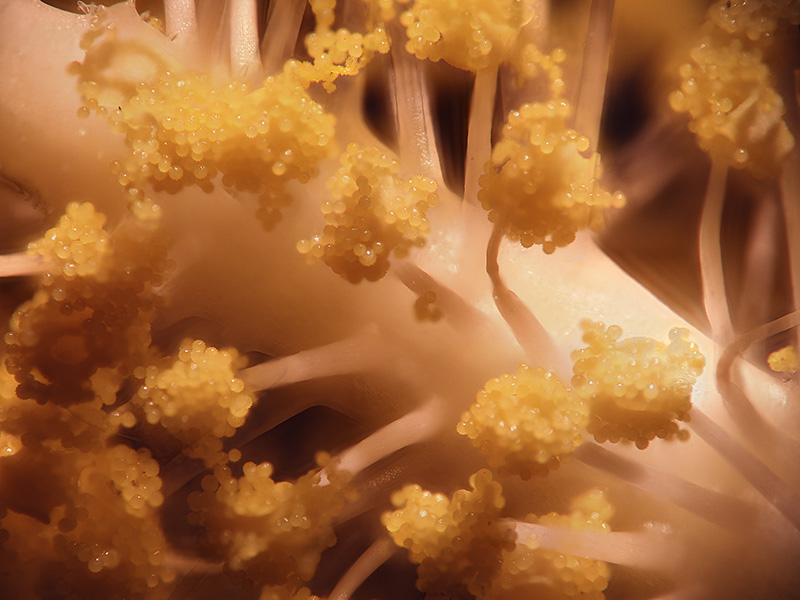
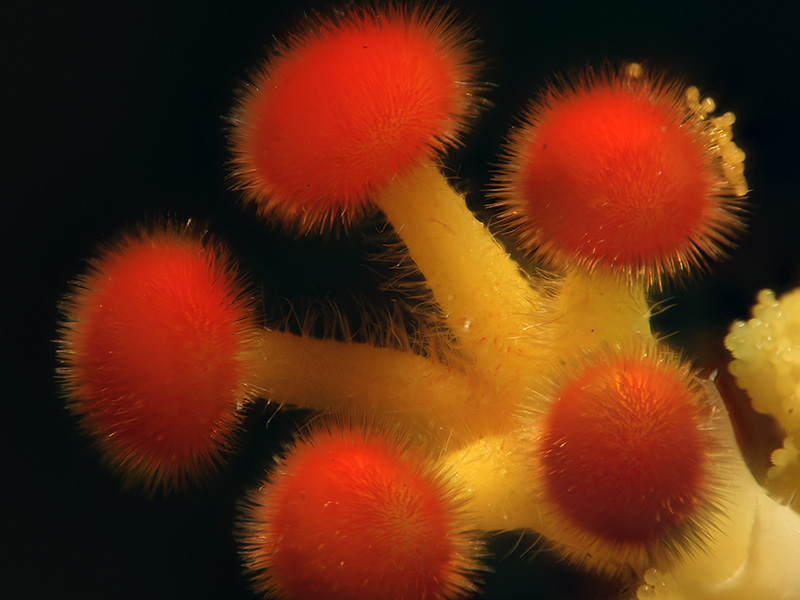
Moth Cocoon 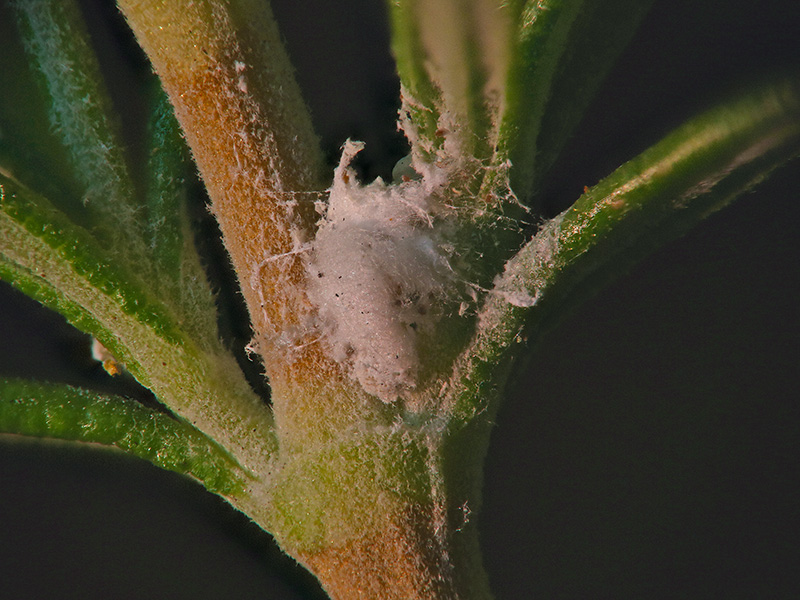
Dragonfly head 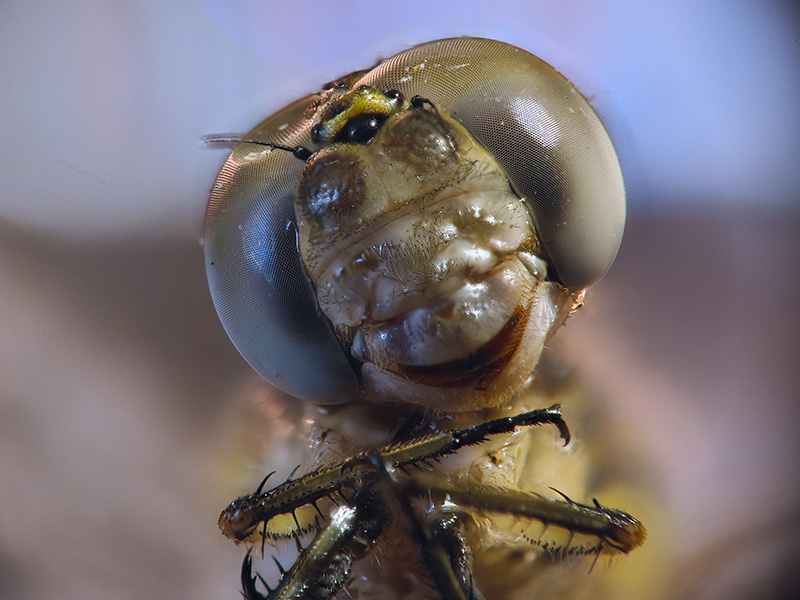
Dragonfly eating a caterpillar 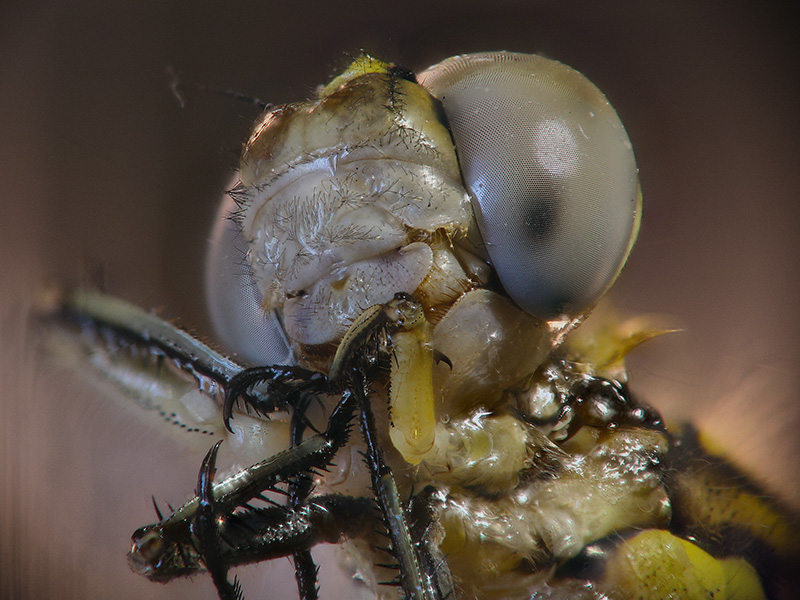
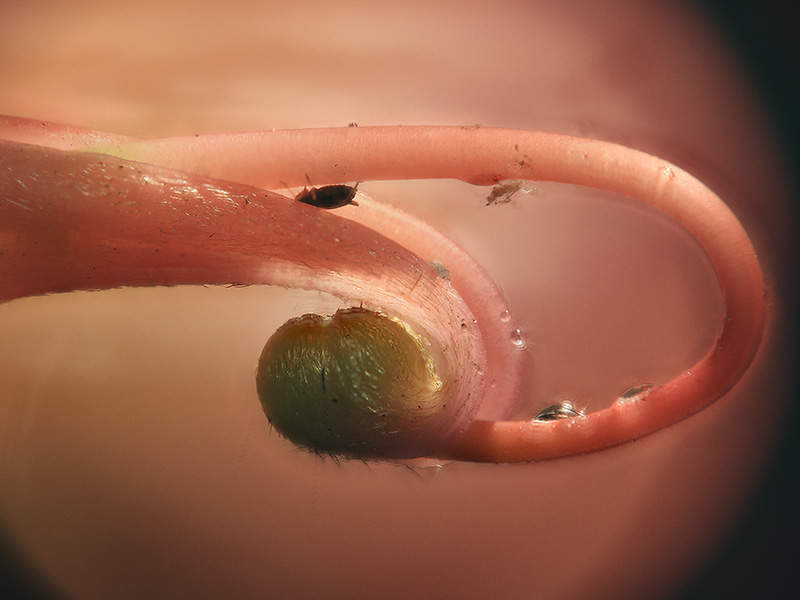
The following employs camera mount with a screw thread to move the camera towards the subject, constant focus. 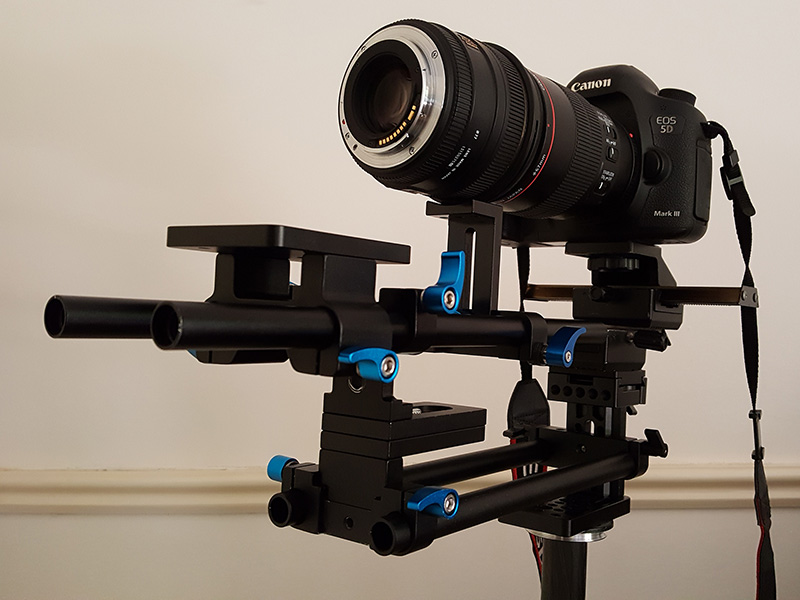
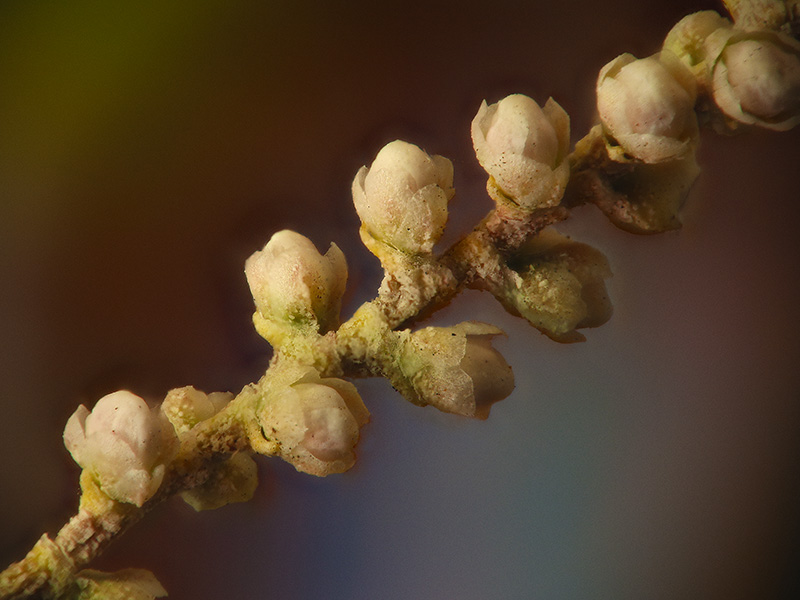
Two mounts were tested, shown below. At the scale of the objects being photographed the later (right) offered vastly better control and the finer steps required. 
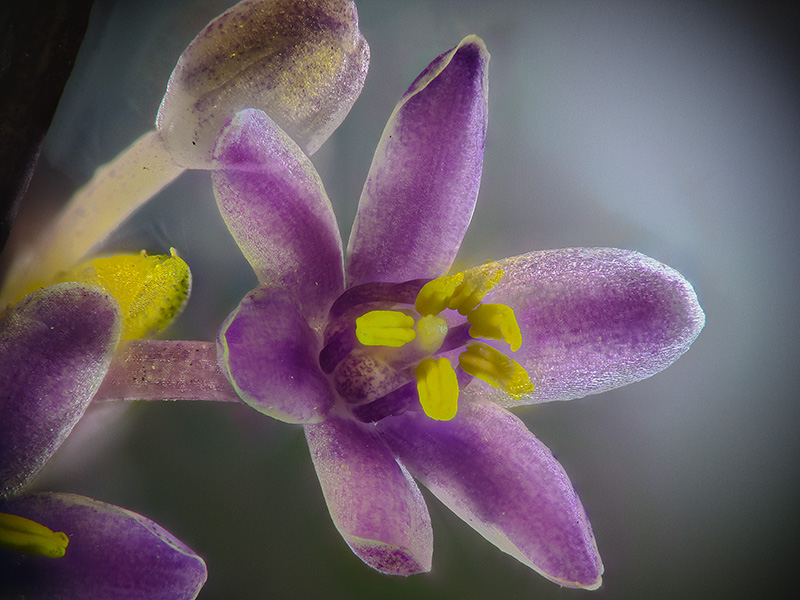
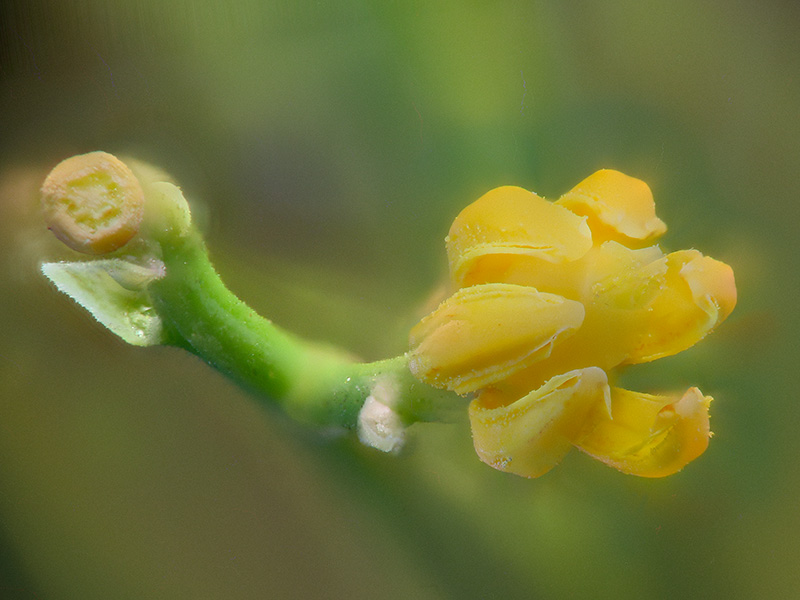
The above is all manual, either manually adjusting focus or position. Various cameras offer built-in focus stacking support. The following examples use the focus bracketing built into the Panasonic GH5 camera. In these cases the camera (and subject) are stationary, the closest focus point is chosen and the camera steps through a number of more distance focus depths. Both the step size and the number are controlled through the menu. The GH5 has two focus stacking modes, the focus bracketing mode is preferred for this type of application. There are also automatic focus stacking in the Phase One. 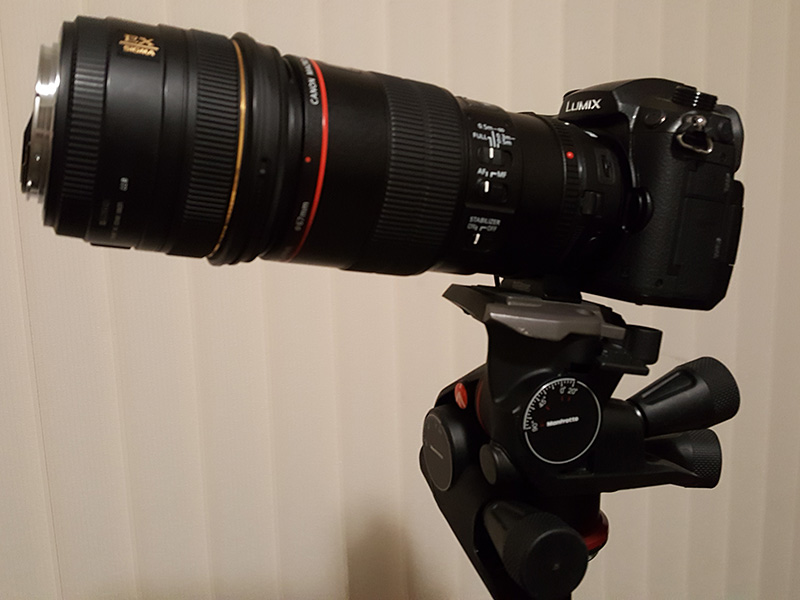

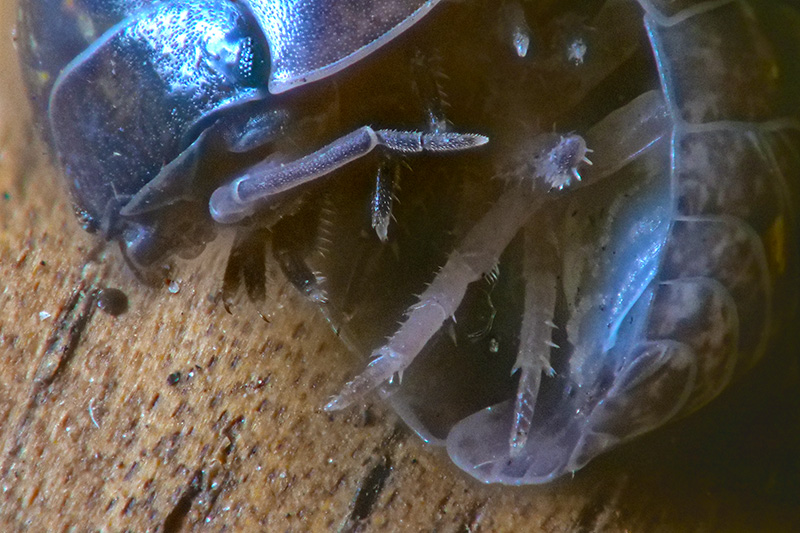
Baby spider. 
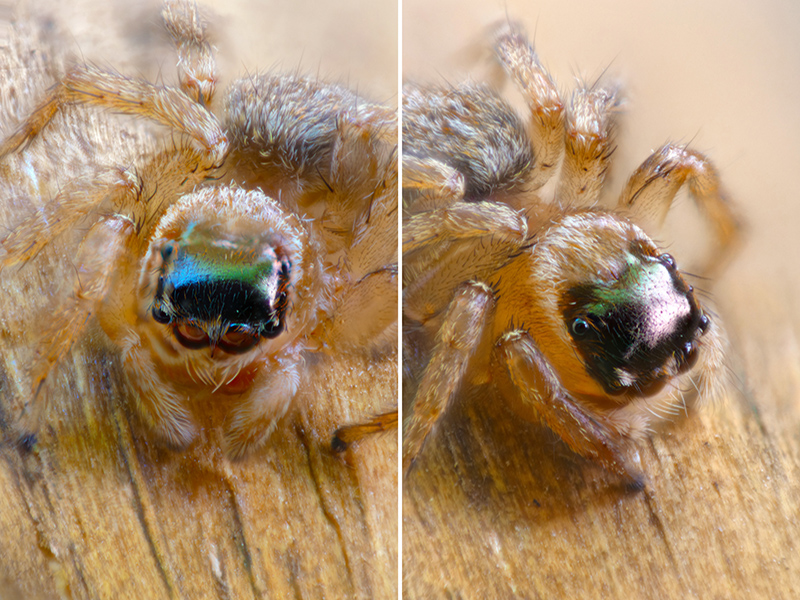
Baby Cockroach. 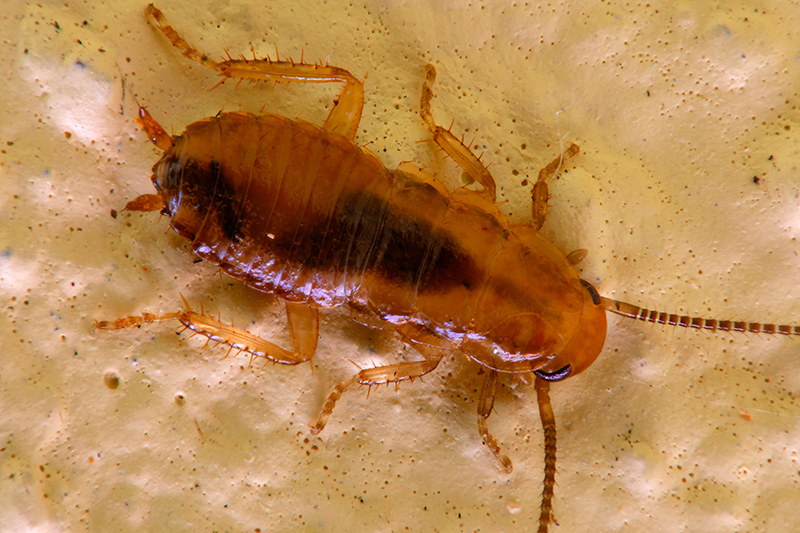

Tiny spider, 2mm across. 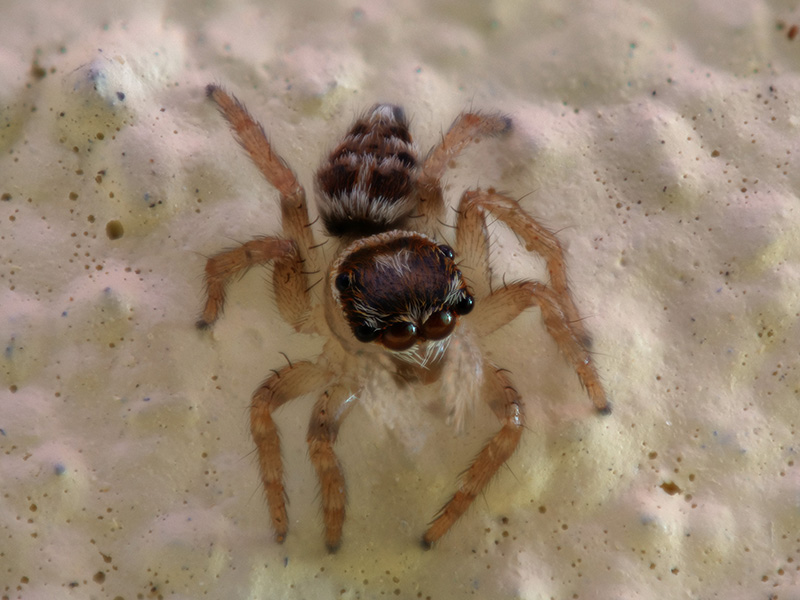
One obvious advantage of this approach is that the capture can be quite fast, especially if there is enough light for fast shutter speeds.
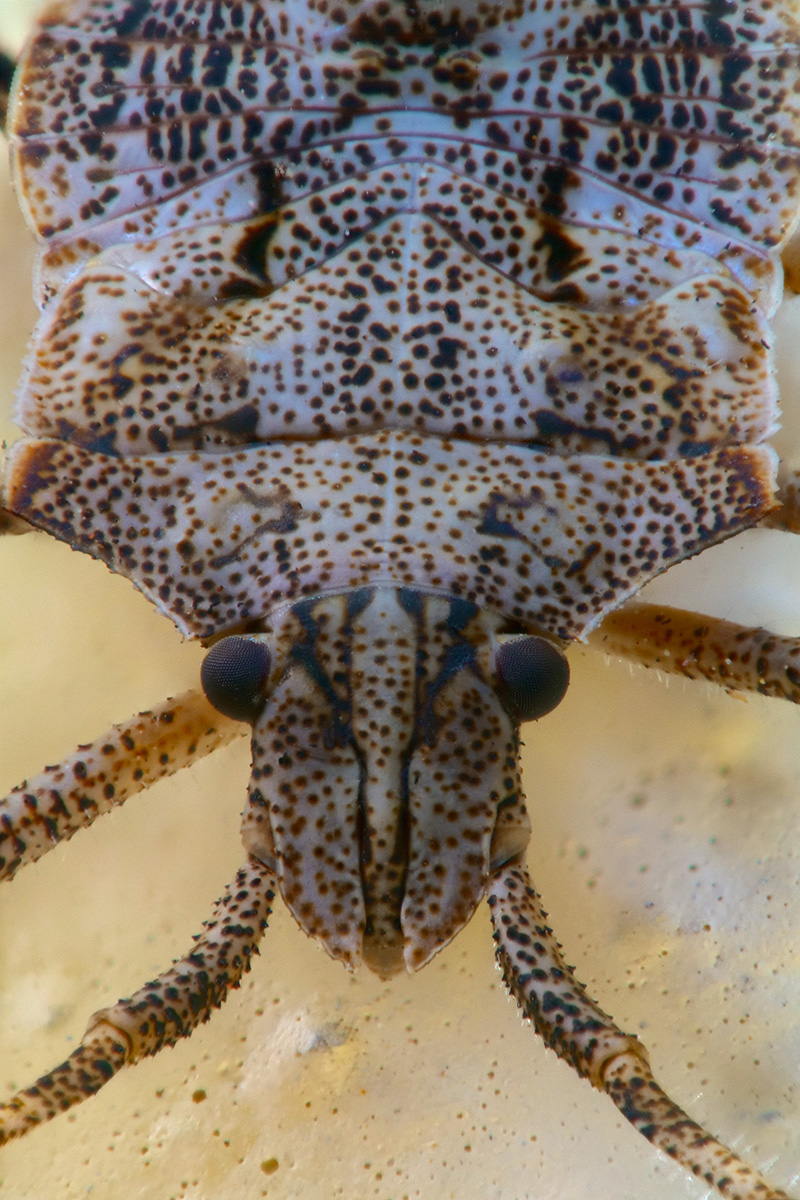
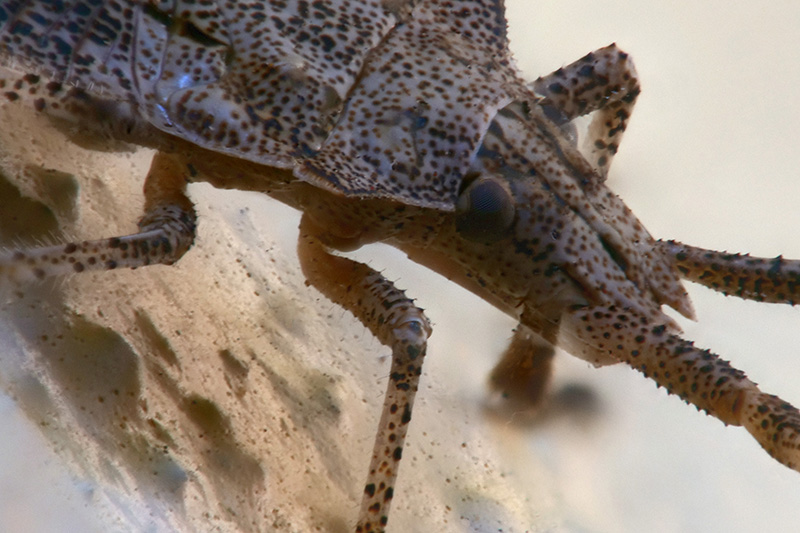
Drain fly. 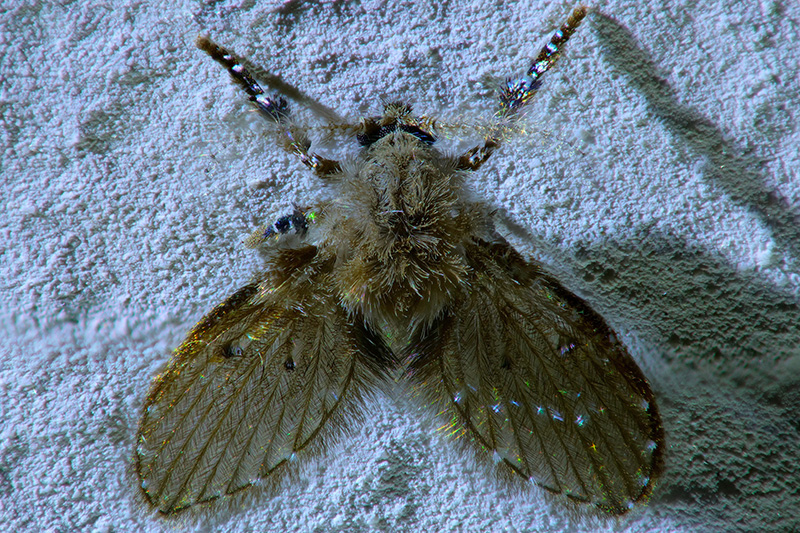
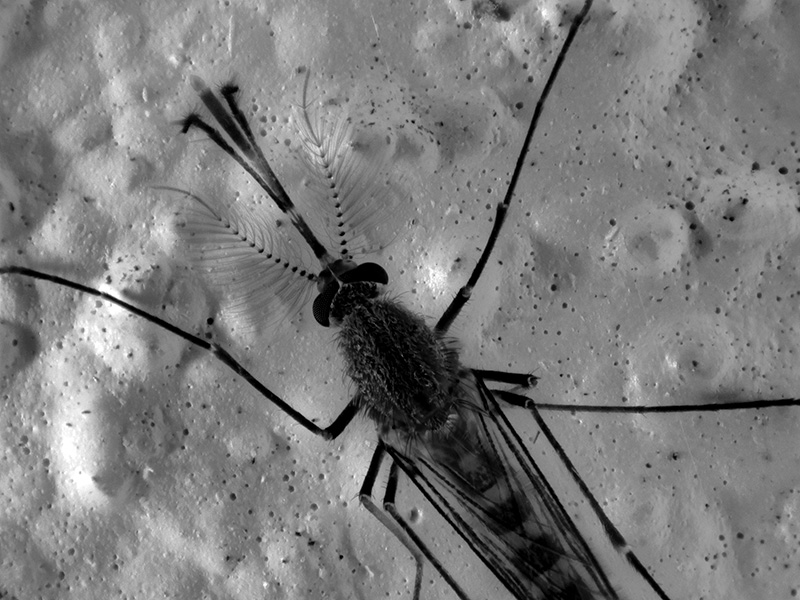
In addition to the reversed lenses used above, one can increase the magnification and bring the focus distance closer in by adding extension tubes to an existing lens, normally a macro lens. The following is a Canon 100mm macro with another 100mm of extension tubes, this increases the magnification one would normally get with the lens by a factor of 2. Dainty Long Legs 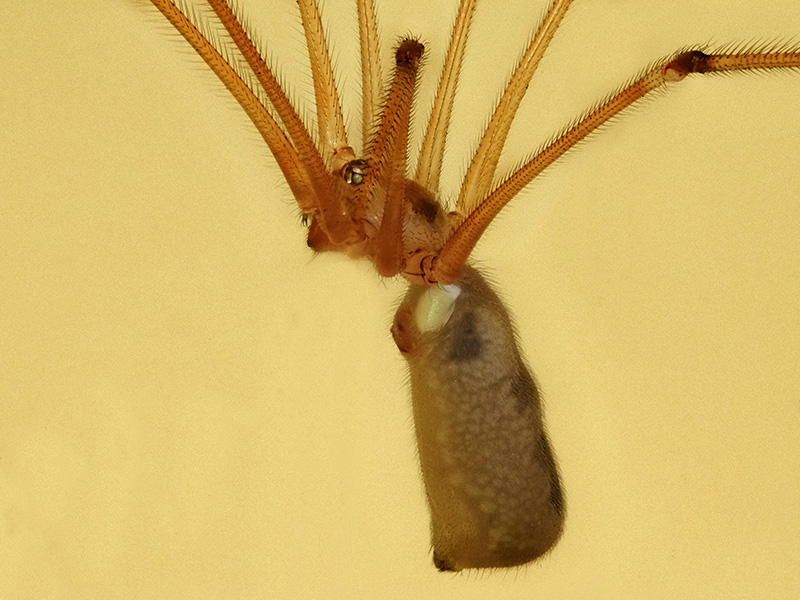
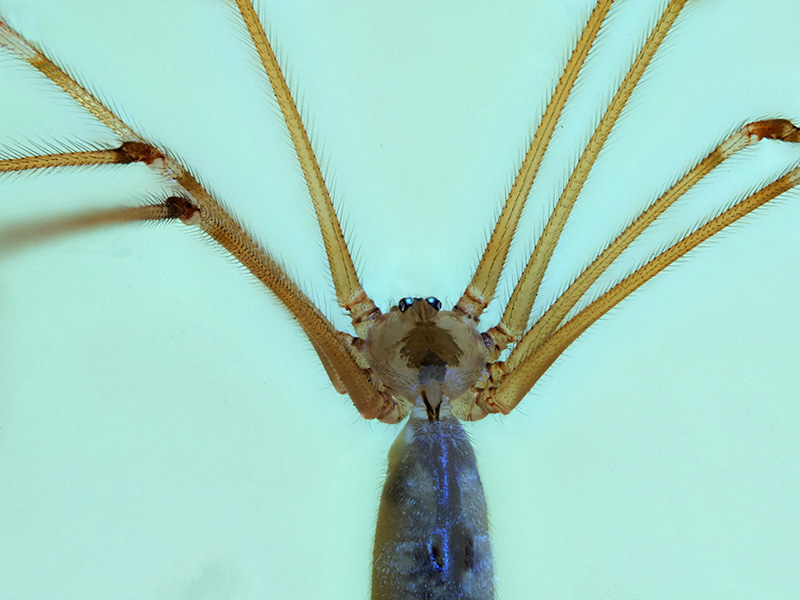
One of the nice things of using extension tubes (or bellows) is that one can progressively zoom. For example, all the below are the full sensor, uncropped.
Inner 5mm of a young chrysanthemum. 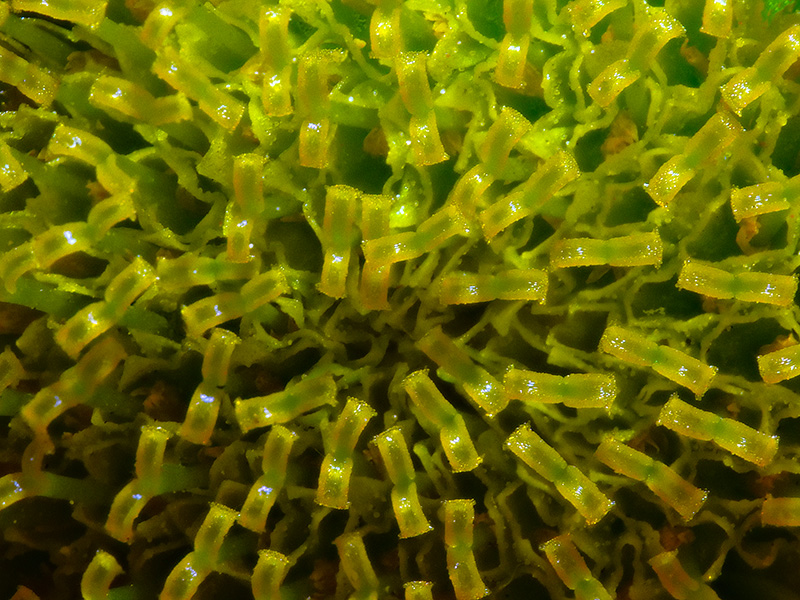
3mm from "smooth" bark. 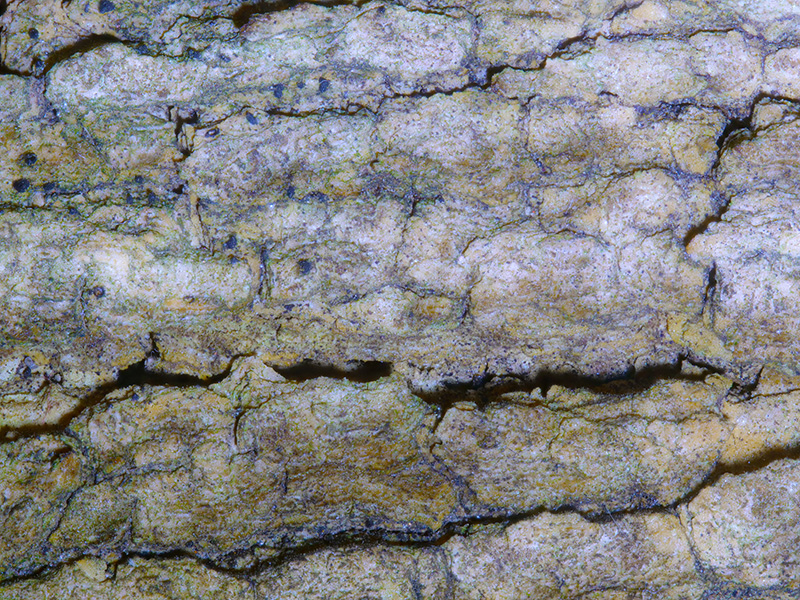
|
